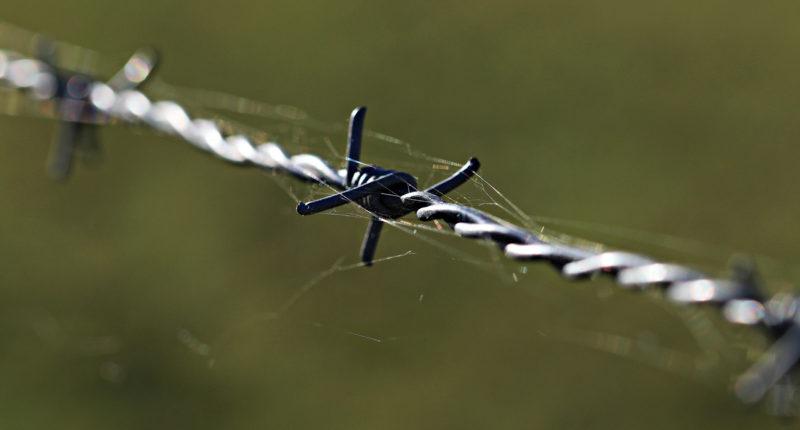
Pixabay
Pasture, Border, and Battlefield. A Global Object-Ecology of Barbed Wire (1874-1989)
Barbed wire created spaces of lethal and non-lethal violence. Where was it present, and how did it affect ecosystems and societies? Which life forms profited and which suffered under its intended and unintended effects?

Pixabay
During the last decade, barbed wire re-entered European imagery. Pictures of fortified borders and guarded camps started to accompany news reports. Examining its first cycle of appearance, proliferation, and reduction between 1874 and 1989 may offer insights into the long-term consequences those barriers have for humans, animals, and plants.
My project focuses on barbed wire as a link between human and nonhuman-centered segments of historiography. As an iron thread, it demonstrates the relationships between mobility and immobility, violence and deterrence regarding their role in transforming the animate world. To combine regional, national, and global perspectives, the research will conduct a series of historical case studies, divided into three clusters: pastures, borders, and battlefields.
The first cluster is devoted to the transformation of grasslands into fenced pastures. Open ranges were reshaped and fractured by barbed wire barriers, impacting their human and non-human residents in various ways. Global object chains connected these contact zones between biosphere and technosphere with the latter’s industrial centers.
The most versatile category is formed by borders. Beyond the outward-looking borders of states, there were multiple inward-looking ones. Barbed wire protected private and state property alike. In reversal, barbed wire was a tool for the modern state to confine criminals, political enemies and exclude minorities on an unprecedented scale.
The closing cluster is composed of battlefields. In these spaces, barbed wire, violence, and conflicting mobility constituted mass phenomena. Combined with enormous amounts of energy and materials, these factors transformed the affected landscapes.
Barbed wire was a component of bigger processes, sketched in these clusters and should hence not be mistaken as their sole explanation. Then again, any historical analysis on those topics which does not include barbed wire is incomplete.
Sven Seelinger is a Ph.D. student at the Wissenschaftszentrum Umwelt, Augsburg University. Contact: sven.seelinger@uni-a.de

